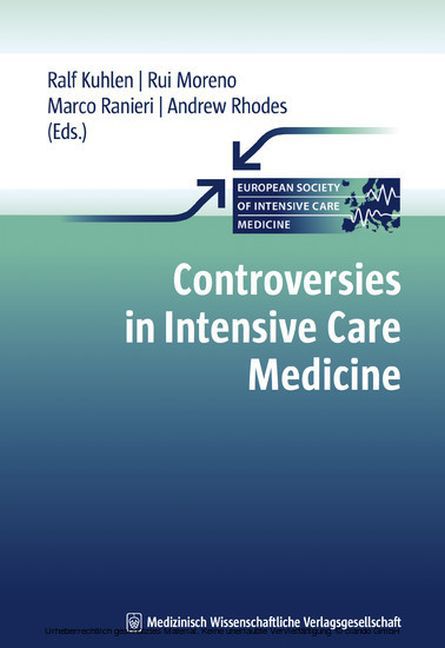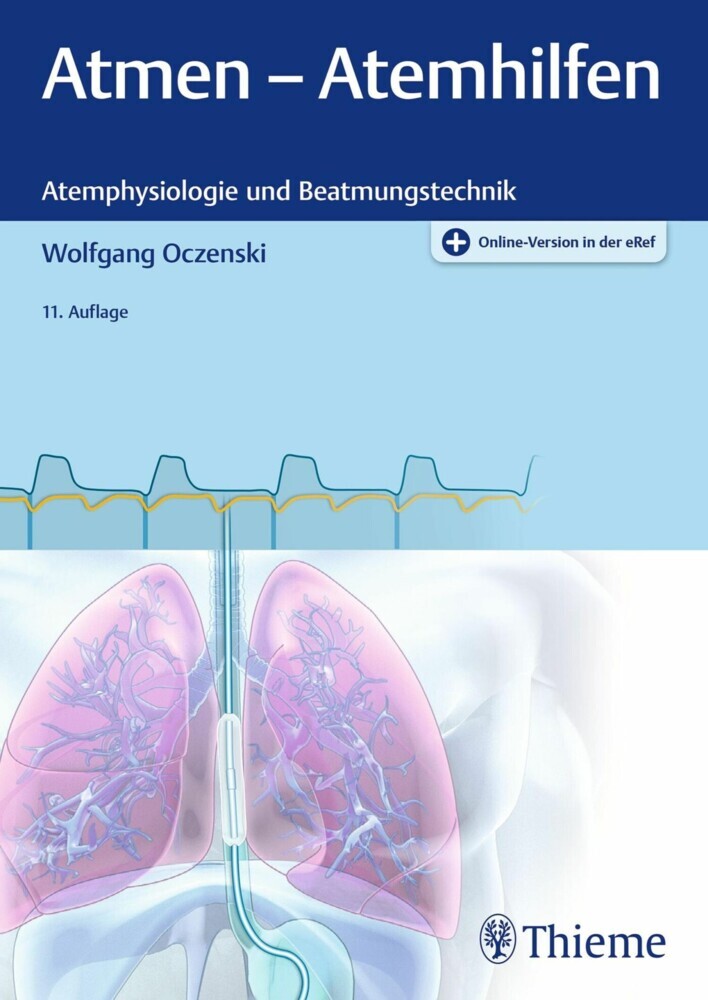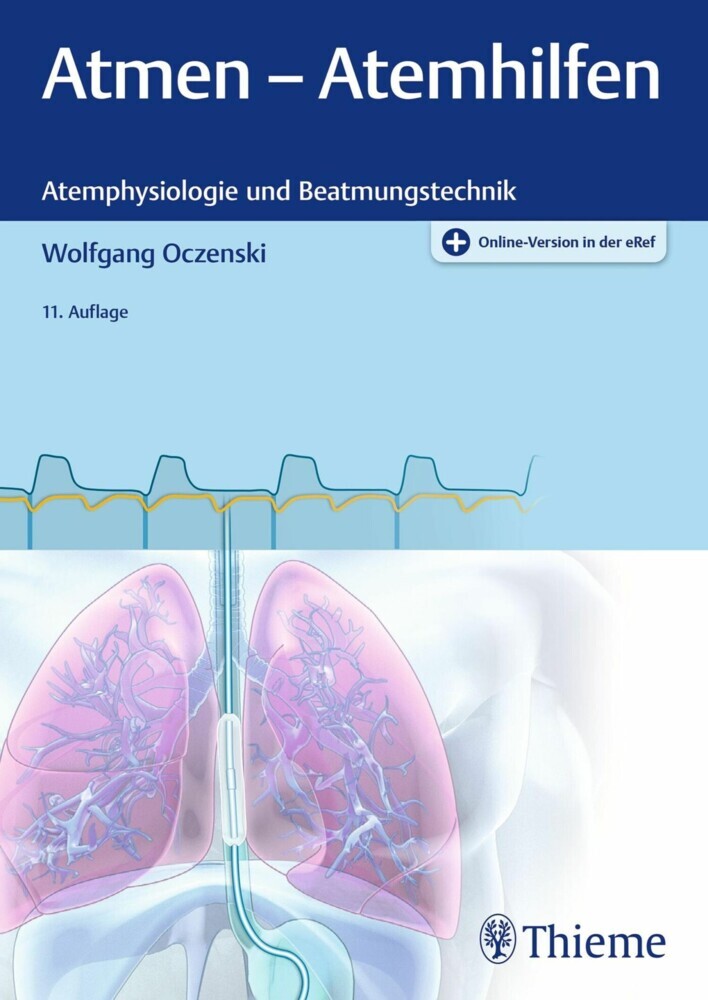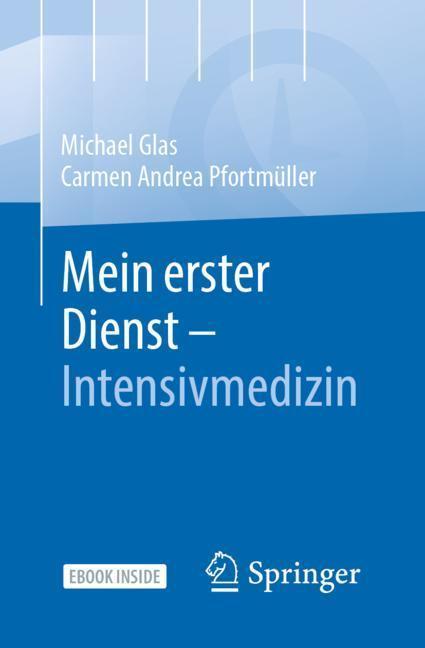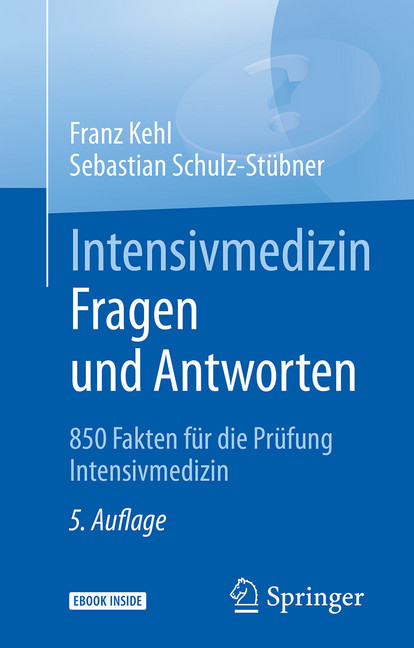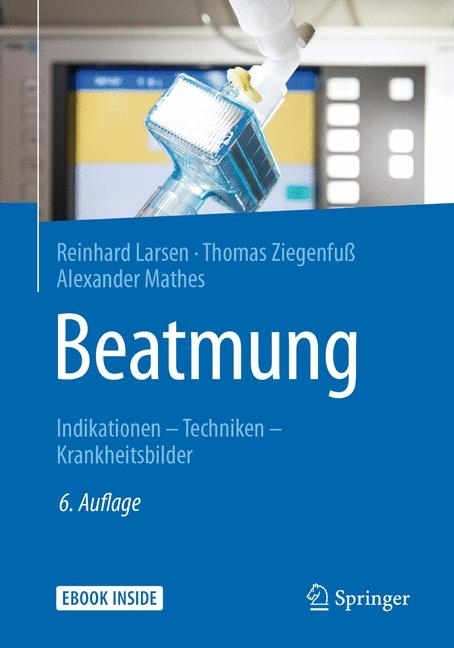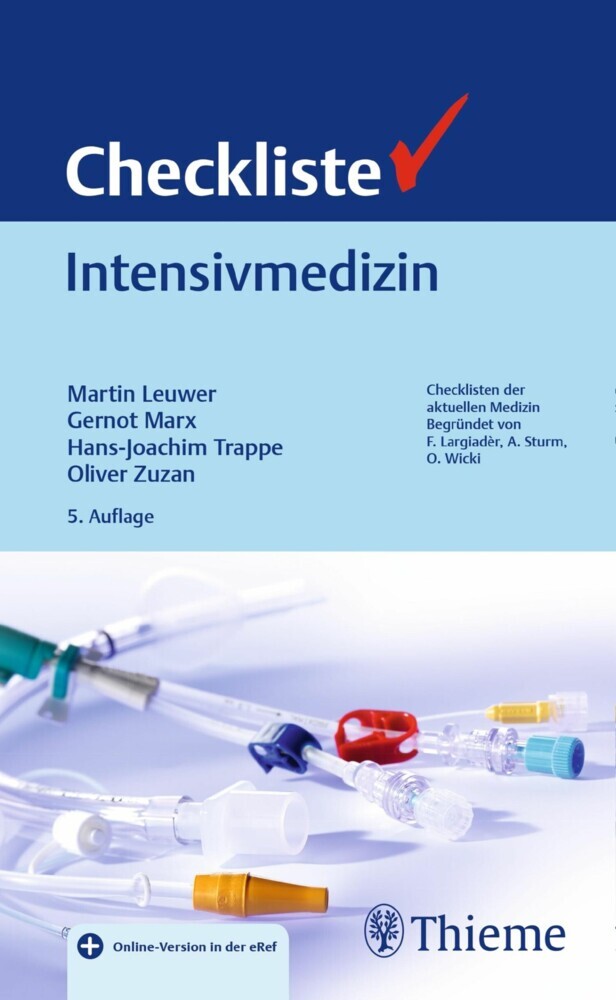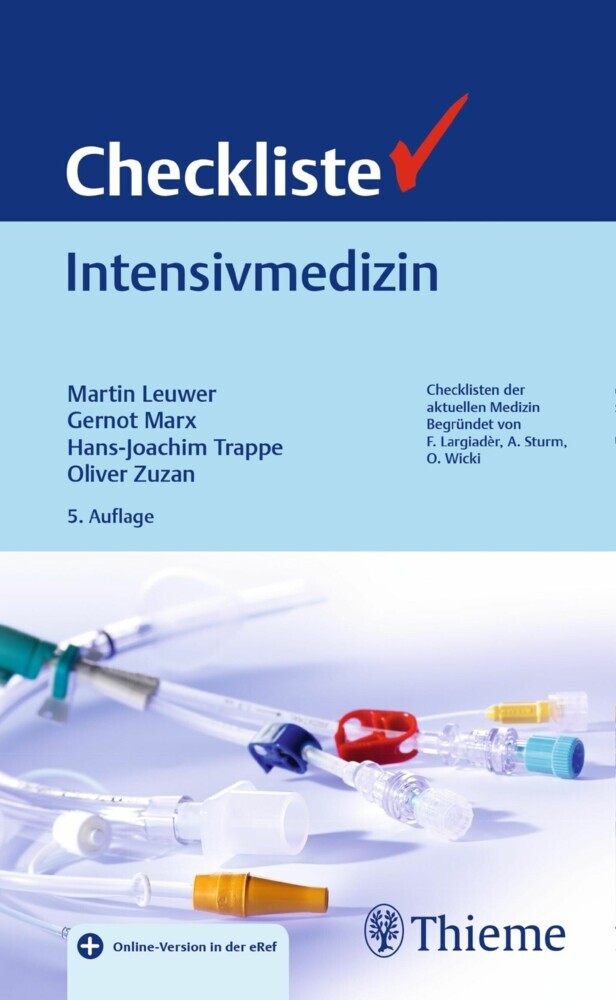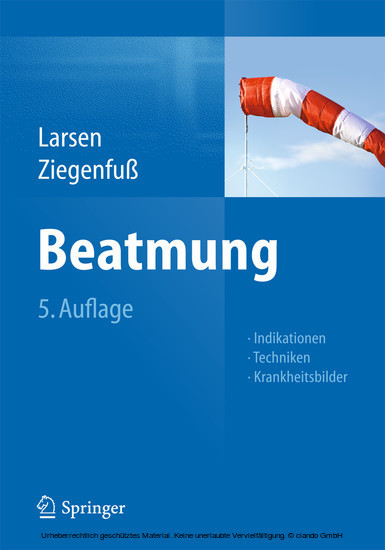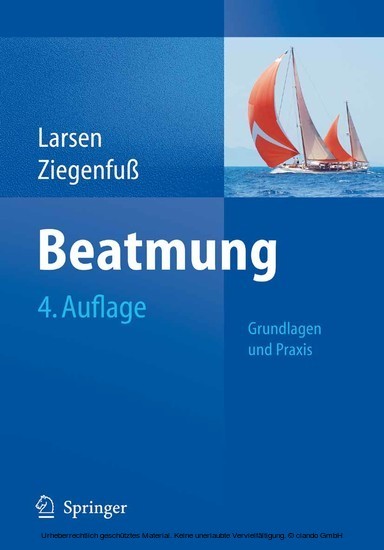Patient Safety and Quality of Care in Intensive Care Medicine
The maxim 'Primum non nocere' is almost as old as the practice of medicine. In combination with the principles of beneficence, autonomy and justice, and whilst keeping in mind the confidence and dignity of the patient, it should constitute the basis of our behaviours as physicians and nurses. Since diagnostic and therapeutic interventions have become more complex and their risk/benefit ratios more difficult to assess, the importance of safety and quality of care rises. Avoiding the infliction of harm on our patients has moved into the focus of clinical medicine. Patient safety is now viewed as a priority even by the Presidency of the European Union. Physicians in intensive care medicine deal with the most fragile and dependent human beings, often struggling with multiple co-morbid diseases and physiological derangements at the limits of survival. These patients are often reliant on numerous invasive technologies for their survival. Moreover, the almost universal need for multiple pharmacological interventions - combinations of which have often never been rigorously tested before - places the critically ill patients at a very high risk of being harmed by the physician's interventions. More than 120 internationally known experts introduce their current knowledge of patient safety and quality of care in intensive care medicine in over 50 chapters covering the following fields: - Safety in intensive care medicine - Decision making - Culture and behaviour - Structure and processes - Protocolised medicine - First, do no harm - Safety during technical support - Training, teaching and education - Risk management - Ethical issues - Future approaches This book should be read by every manager who has responsibility for the acutely ill. It is an invaluable educational and reference tool for physicians and nurses in intensive care medicine and will help to improve the safety and overall care for critically ill patients.
with contributions from: LM Aitken, R Alvisi, R Amerling, PJD Andrews, A Artigas, D De Backer, N Badjatia, M Bauer, G Bertolini, A Biasi Cavalcanti, JF Bion, BW Böttiger, CSC Bouman, A Boumendil, FA Bozza, J Braithwaite, G Brattebø, FM Brunkhorst, DDG Bugano, M Capuzzo, M Cecconi, W Chaboyer, J Chen, E Coiera, K Colpaert, CR Cooke, JR Curtis, BH Cuthbertson, AL Cuvello Neto, KJ Deans, J Decruyenaere, J-M Dominguez-Roldan, Y Donchin, C Druml, G Dubreuil, R Endacott, A Esteban, R Ferrer, H Flaatten, J Fragata, F Frutos-Vivar, C Garcia-Alfaro, M Garrouste-Orgeas, TD Girard, ARJ Girbes, J Graf, D Grimaldi, ABJ Groeneveld, B Guidet, U Günther, N Harbord, DA Harrison, C Hartog, N Heming, F Hernandez-Hazañas, K Hillman, P Holder, MH Hooper, M Imhoff, U Janssens, JM Kahn, E Knobel, M Knobel, J Lipman, T Lisboa, Y Livne, S Lorent, M Makdisse, A Marques, GD Martich, ML Martinez, SA Mayer, DK Menon, PC Minneci, J-P Mira, X Monnet, RP Moreno, T Muders, C Natanson, A Navas, G Ntoumenopoulos, SA Nurmohamed, HM Oudemans-van Straaten, R Paterson, O Peñuelas, JG Pereira, C Pierrakos, LF Poli-de-Figueiredo, CE Pompilio, D Poole, A Pronovost, C Putensen, K Reinhart, J Rello, A Rhodes, Z Ricci, C Richard, F Rincon, JA Roberts, E Roeb, C Ronco, GD Rubenfeld, D Salgado, JIF Salluh, G Satkurunath, A Schneider, C Schwebel, E Silva, M Singer, EGM Smit, M Soares, L Soufir, A Tabah, J-L Teboul, P Teschendorf, N Theuerkauf, J-F Timsit, M Ulldemolins, A Valentin, JM Varghese, J-L Vincent, B Volpe, CS Waldmann, RR West, S West, JF Winchester, H Wrigge
with contributions from: LM Aitken, R Alvisi, R Amerling, PJD Andrews, A Artigas, D De Backer, N Badjatia, M Bauer, G Bertolini, A Biasi Cavalcanti, JF Bion, BW Böttiger, CSC Bouman, A Boumendil, FA Bozza, J Braithwaite, G Brattebø, FM Brunkhorst, DDG Bugano, M Capuzzo, M Cecconi, W Chaboyer, J Chen, E Coiera, K Colpaert, CR Cooke, JR Curtis, BH Cuthbertson, AL Cuvello Neto, KJ Deans, J Decruyenaere, J-M Dominguez-Roldan, Y Donchin, C Druml, G Dubreuil, R Endacott, A Esteban, R Ferrer, H Flaatten, J Fragata, F Frutos-Vivar, C Garcia-Alfaro, M Garrouste-Orgeas, TD Girard, ARJ Girbes, J Graf, D Grimaldi, ABJ Groeneveld, B Guidet, U Günther, N Harbord, DA Harrison, C Hartog, N Heming, F Hernandez-Hazañas, K Hillman, P Holder, MH Hooper, M Imhoff, U Janssens, JM Kahn, E Knobel, M Knobel, J Lipman, T Lisboa, Y Livne, S Lorent, M Makdisse, A Marques, GD Martich, ML Martinez, SA Mayer, DK Menon, PC Minneci, J-P Mira, X Monnet, RP Moreno, T Muders, C Natanson, A Navas, G Ntoumenopoulos, SA Nurmohamed, HM Oudemans-van Straaten, R Paterson, O Peñuelas, JG Pereira, C Pierrakos, LF Poli-de-Figueiredo, CE Pompilio, D Poole, A Pronovost, C Putensen, K Reinhart, J Rello, A Rhodes, Z Ricci, C Richard, F Rincon, JA Roberts, E Roeb, C Ronco, GD Rubenfeld, D Salgado, JIF Salluh, G Satkurunath, A Schneider, C Schwebel, E Silva, M Singer, EGM Smit, M Soares, L Soufir, A Tabah, J-L Teboul, P Teschendorf, N Theuerkauf, J-F Timsit, M Ulldemolins, A Valentin, JM Varghese, J-L Vincent, B Volpe, CS Waldmann, RR West, S West, JF Winchester, H Wrigge
1;Cover;1 2;Titel;4 3;Editors;5 4;Preface;6 5;Content;8 6;Improving safety in intensive care - What does it mean?;14 7;A. Safety in Intensive Care Medicine;20 7.1;Current definitions of patient safety;22 7.2;How unsafe is my ICU?;32 7.3;Patient safety - What we have learned over the past years;44 7.4;Building a safety culture within the ICU;52 7.5;Shall we publish our error rates?;60 7.6;Moving from safe ICUs to safe systems;70 8;B. Decision making;78 8.1;Risk/benefit ratios in critical care decisions;80 8.2;Safe triage decision;90 9;C. Culture and behaviour;98 9.1;The importance of ICU culture;100 9.2;Training teamwork using simulation;106 9.3;Efficacy versus efficiency - A safety issue;116 9.4;Identifying barriers to change - The gap between perception and practice;122 9.5;To err is human. But how to communicate these errors to patients and family?;132 10;D. Structure andprocesses;138 10.1;Quality in critical care;140 10.2;Volume and outcome in intensive care;174 10.3;Documenting care in the ICU - An expert witness view;184 10.4;Open versus closed units;190 10.5;Quality and safety in critical care: Rapid response, medical emergency or outreach teams?;202 11;E. Protocolised medicine;212 11.1;Should care be homogenised?;214 11.2;Implementing the state of the art - Sepsis bundles;224 11.3;Guidelines have done more harm than good;232 11.4;Do nurse-led protocols reduce intensive care unit stay?;238 11.5;Developing guidelines - The example of the Surviving Sepsis Campaign;250 11.6;Protocolised sedation to improve outcomes;262 11.7;Protocolised approach to the post-surgical patient improves outcome;274 11.8;Electronic Prescribing: Can it reduce error?;280 12;F. First do no harm;290 12.1;Does pharmacokinetics impact on clinical practice?;292 12.2;Avoiding toxicity of antibiotics;304 12.3;Frequently forgotten factors in empirical antibiotic treatment;318 12.4;Primum non nocere: Avoiding harm during mechanical ventilation;328 12.5;Avoiding harm in fluid resuscitation: Emerging evidence for the toxicity of synthetic colloids in critically ill patients;340 12.6;Avoiding harm in metabolic management;354 12.7;Avoiding harm in cardiovascular care;362 12.8;Avoiding harm in acute renal failure;374 12.9;Avoiding harm in neurocritical care;384 12.10;Avoiding harm in CPR;398 12.11;Avoiding harm after cardiac surgery;406 12.12;Avoiding harm during intra- and inter-hospital transport;418 12.13;How do you safely mobilise your intubated and ventilated patient?;432 13;G. Safety during technical support;444 13.1;Patient safety and physiological monitoring;446 13.2;Patient safety and respiratory support;454 13.3;Patient safety during continuous renal replacement therapy;468 13.4;Patient safety and infusion technology;474 13.5;Patient safety and health informatics;480 13.6;Pulmonary artery catheter: Balance between safe and optimal use;488 14;H. Training, teaching,and education;498 14.1;Approaches to improving the reliability and safety of patient care;500 14.2;Core curriculum and competencies for advanced training in neurocritical care - The American way;510 15;I. Risk management;516 15.1;Measuring the impact of Patient Safety Programmes: The Value of Process and Outcome Evaluation;518 15.2;Risk adjustment in neurocritical care (the RAIN study);530 15.3;Applying the results of a randomised controlled trial: Caveat emptor;540 16;J. Ethical issues;550 16.1;Protecting the patients, supporting the investigators, transparency for the public - The role of research ethics committees;552 16.2;Performing safe and timely identification of the organ donor;560 17;K. Future approaches;570 17.1;Theragnostics: Change we can believe in!;572
Chiche, Jean-Daniel
Moreno, Rui P.
Putensen, Christian
| ISBN | 9783954661923 |
|---|---|
| Artikelnummer | 9783954661923 |
| Medientyp | E-Book - PDF |
| Copyrightjahr | 2015 |
| Verlag | MWV Medizinisch Wissenschaftliche Verlagsgesellschaft |
| Umfang | 584 Seiten |
| Sprache | Englisch |
| Kopierschutz | Digitales Wasserzeichen |


